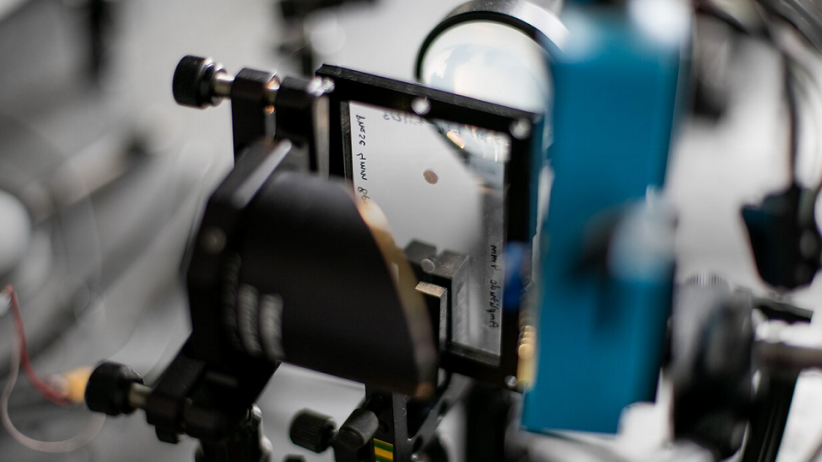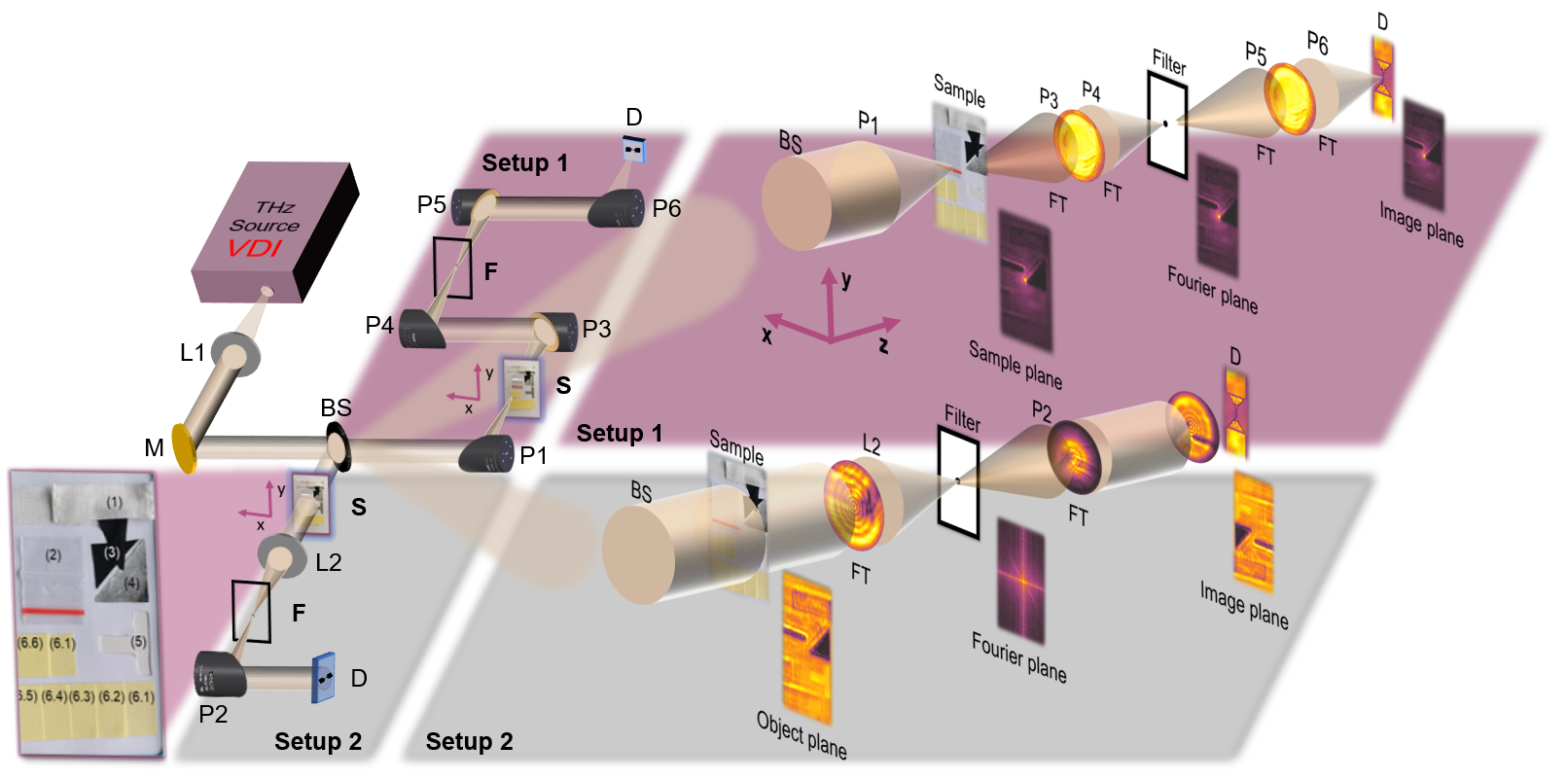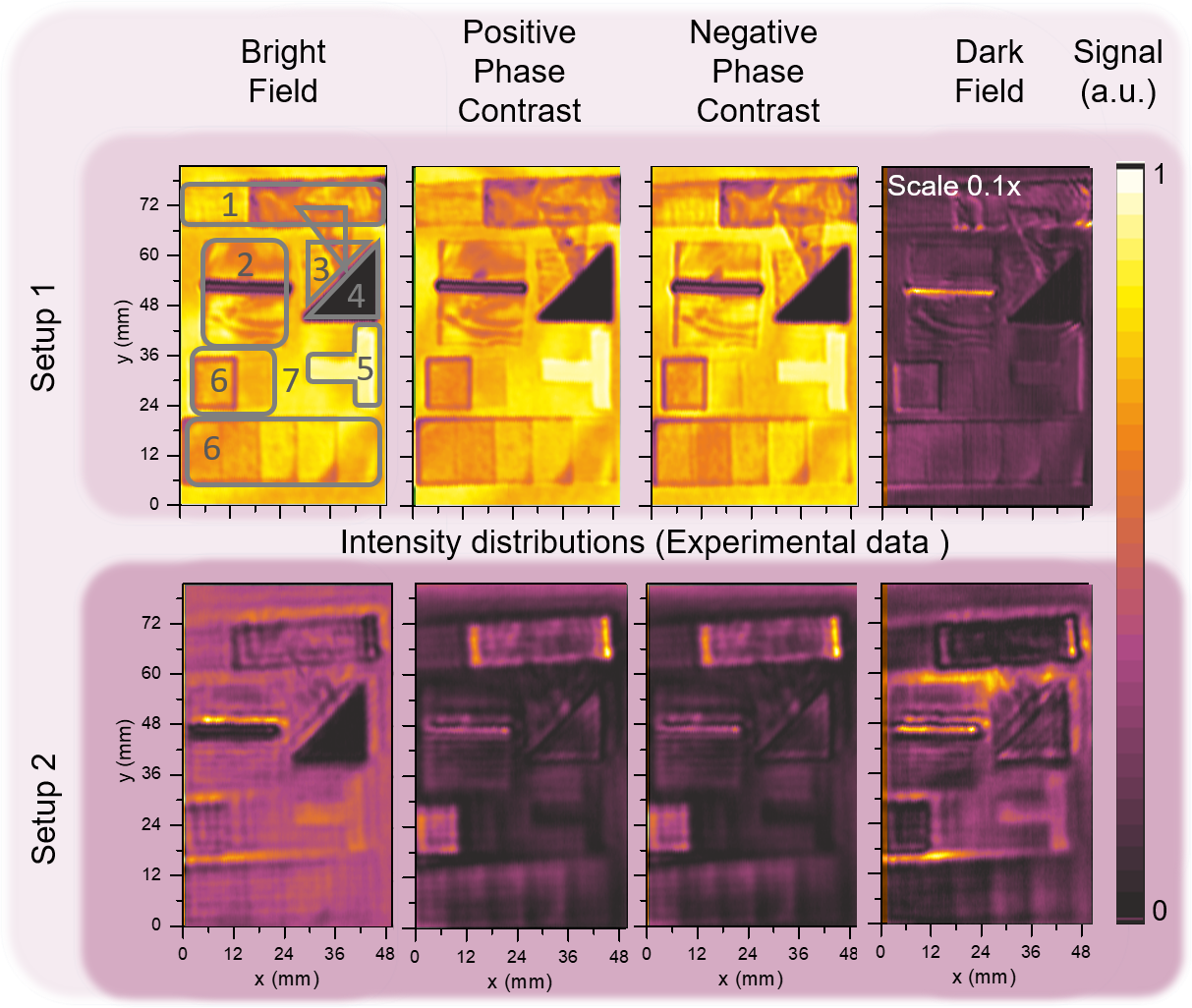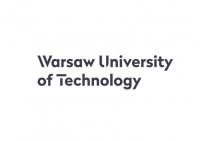Terahertz imaging of cancerous tissues
A team of researchers from the WUT and Centre for Physical Sciences and Technology (FTMC) based in Vilnius, headed by Agnieszka Siemion, PhD from the Faculty of Physics at the Warsaw University of Technology, is working on the use of terahertz radiation in imaging phantoms of healthy and cancerous tissues. The research is implemented as part of FOTECH-1 research grant competition.
Areas with cancerous cell growth display higher content of water than adipose tissue, which means that this area has a higher refractive index and absorption coefficient. To utilise THz imaging for medical purposes including the detection of cancerous tissues new methods of increasing contrast in THz imaging should be developed.
Terahertz radiation in medicine
Terahertz waves are electromagnetic waves with a frequency ranging from 300 GHz to 3 THz. Terahertz imaging is used in numerous areas of life, for example, for penetrating works of art and sculptures or various objects such as luggage at airports, among other things. The properties of terahertz radiation have also been recognised in medicine and there is ongoing intensive work on utilising THz waves in scanning human tissues. This would allow replacing commonly used X-rays to the benefit of patients’ health, since terahertz radiation is non-ionising as opposed to X-radiation used in X-ray imaging.
Special attention should be paid to the object, which in this case is an area of thin layers of tissues and cancerous changes displaying low absorption in THz frequencies, which makes it impossible to record the image of the scanned tissue.
“Thanks to the close cooperation between both teams, different optical systems were successfully built which facilitated terahertz radiation imaging of objects,” says Agnieszka Siemion, PhD. “We managed to create images of objects theoretically transparent to terahertz imaging. We successfully did it by using appropriate methods of spatial filtering, i.e. phase contrast and dark field methods,” she explains.
Promising first results
Researchers are positive about the first results of the research on largely transparent objects. The approach suggested by the researchers led to an improved contrast of 10 dB and 30 dB respectively and an increase in the signal-to-noise ratio by one order of magnitude. Such a solution paves the way for a wider application of terahertz radiation in medicine and the field of biology, in which low absorption of THz radiation is quite often an inherent feature of the tested objects.
“We hope that the subsequent stages of research involving light in different states of polarisation will produce even better results thanks to the use of metamaterial structures,” says Agnieszka Siemion, PhD, head of the project. “Anyone interested in the topic is welcome to join the discussion and cooperate,” she adds.
Project „The use of properties of polarised light and light and dark field methods in terahertz imaging of the phantom of healthy tissues and tissues with cancerous cells” is funded by the project „Excellence Initiative – Research University” (within FOTECH-1 Competition).
Research team members
- Agnieszka Siemion, PhD, Engineer, Assistant Professor, Vice Dean for Students at the Faculty of Physics of the Warsaw University of Technology, physical sciences
- Gintaras Valušis, Director and Chief Researcher at FTMC, Professor at the Vilnius University, Center for Physical Sciences and Technology (FTMC) in Vilnius, the Vilnius University, physics
- Linas Minkevičius, PhD, senior researcher; Head of Laboratory of Characteristics of Optoelectronic Systems, Assistant Professor at the Vilnius University, Center for Physical Sciences and Technology (FTMC) in Vilnius, the Vilnius University, physics
- Paweł Komorowski, MSc, doctoral student, Institute of Microelectronics and Optoelectronics at the Warsaw University of Technology, automatics, electronics and electrotechnology
- Mateusz Surma, MSc, doctoral student, the Faculty of Physics at the Warsaw University of Technology, physical sciences
More about the project >>>
|
|
|






